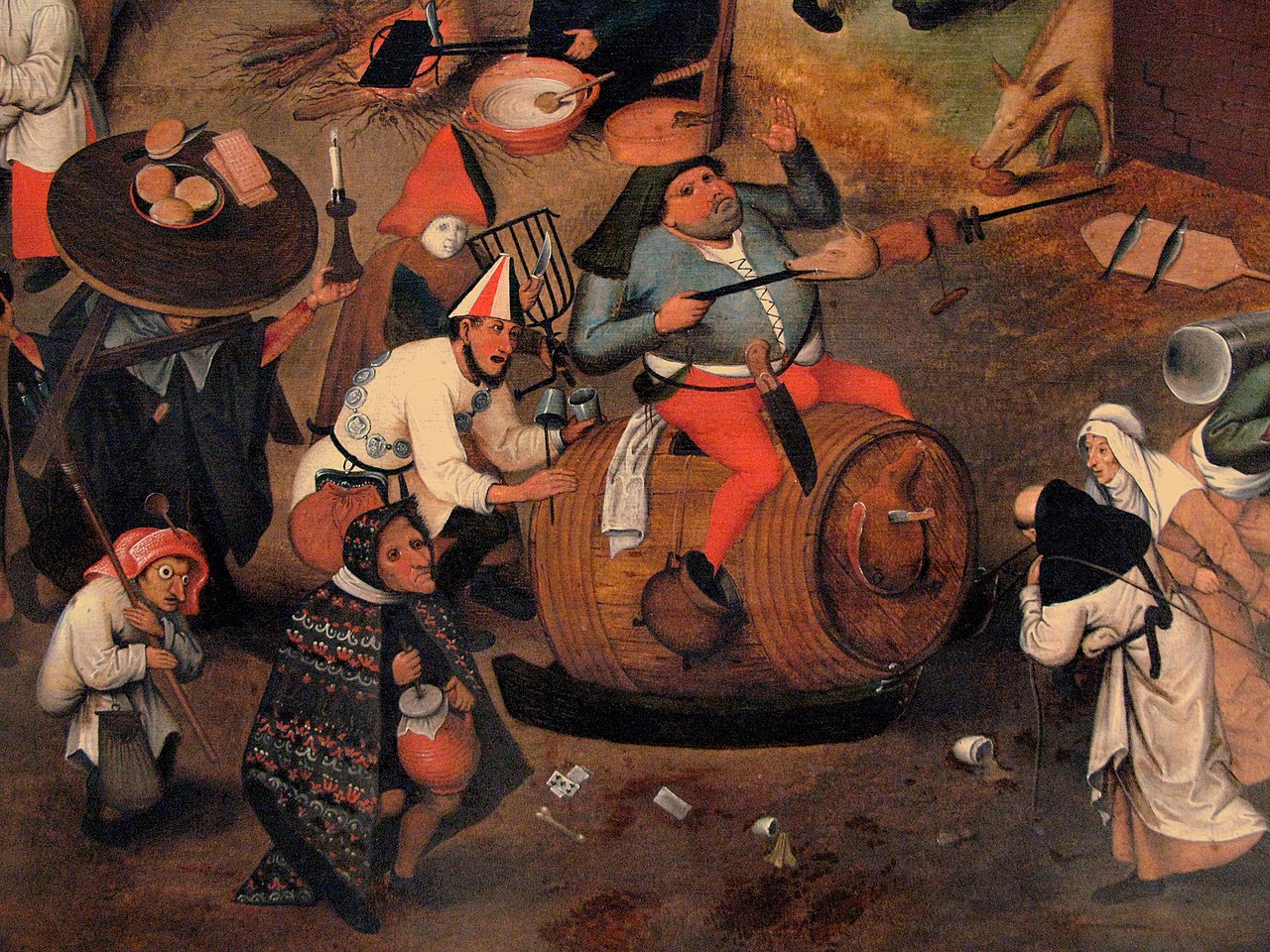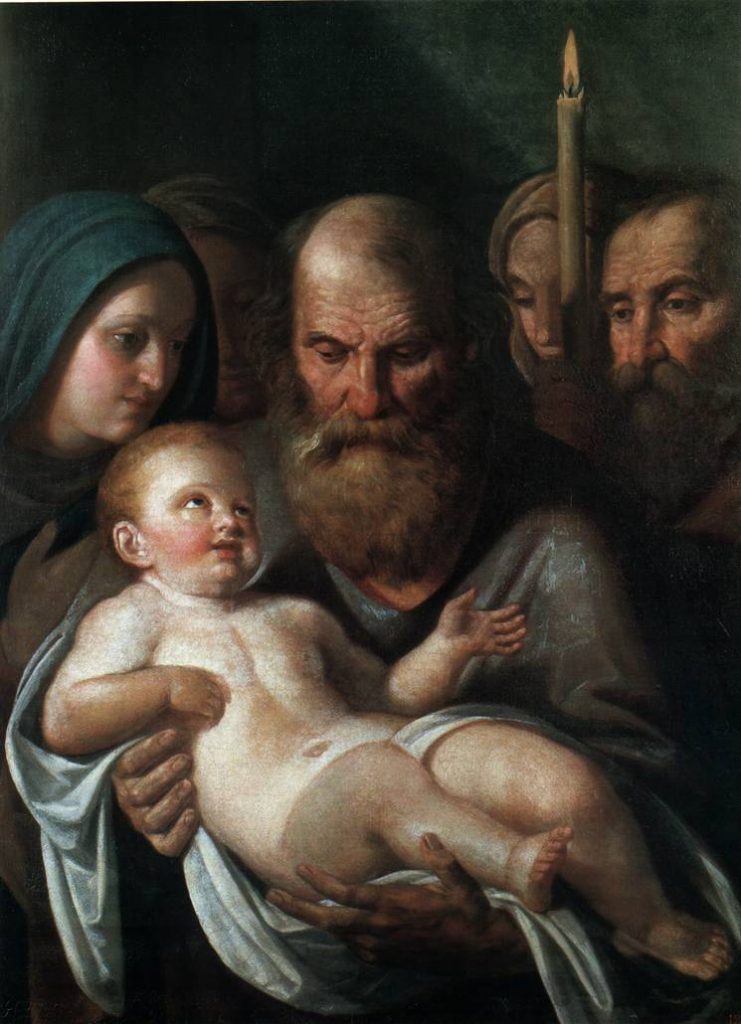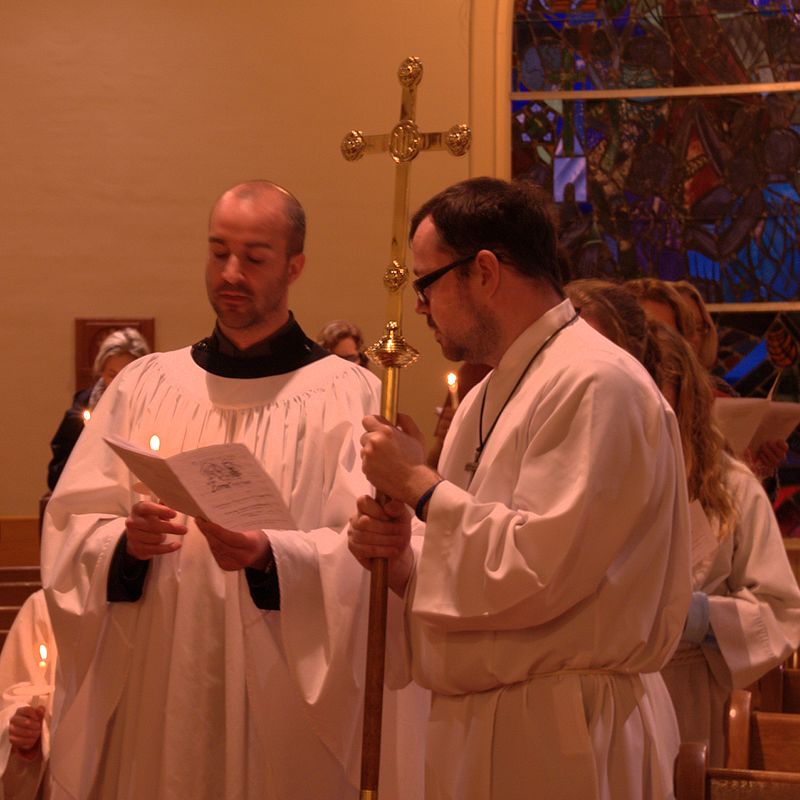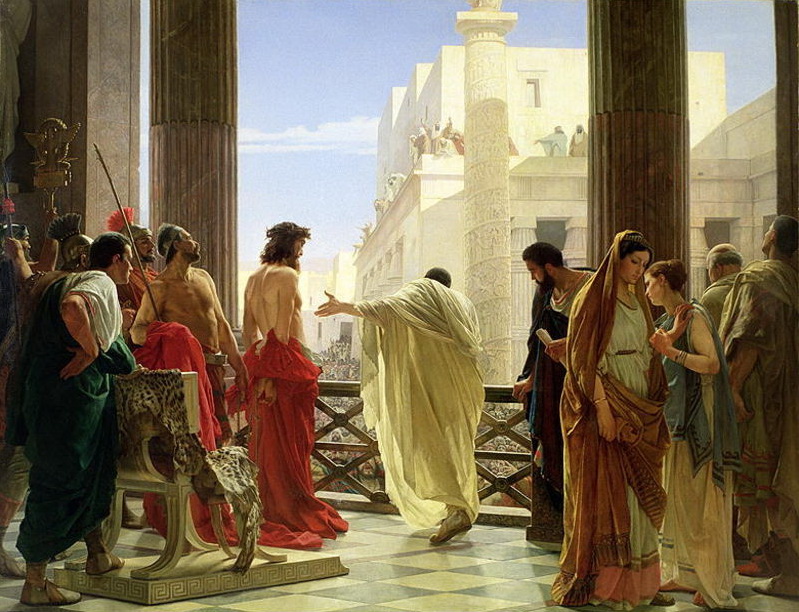
* * * *

The next Feast Day – after St Matthias, Apostle, on Monday, February 24* – is Ash Wednesday, February 26. There’s more on Ash Wednesday further below, but first a note on different types of Christian.
One key difference is “Literal” versus “Spiritual” Christians. A Literal Christian tends to read and study the Bible only in a strict, literal or “Fundamentalist” way. A Spiritual Christian – on the other hand – tries to read the Bible in both a literal and a spiritual way.
Such a Spiritual Christian can go back and forth, often reading the Bible in a way that helps him open up new spiritual horizons. In doing so he tries to follow the path Jesus set out in Luke 24:45: “Then He” – Jesus – “opened their minds so they could understand the Scriptures.” But as a matter of course he comes back – from time to time – to “the Literal way.” He does that when necessary to stay grounded in the basics, the fundamentals of Bible study.
In other words. he gets the best of both worlds.
In further words, he keeps in mind what Paul said in 2 Corinthians 3:6. In the Contemporary English Version, Paul said that Jesus “makes us worthy to be the servants of his new agreement that comes from the Holy Spirit and not from a written Law. After all, the [letter of the] Law brings death, but the Spirit brings life.” Then there’s John 4:24, “God is spirit, and his worshipers must worship in the Spirit and in truth.” And also John 6:63, “The Spirit alone gives eternal life… And the very words I have spoken to you are spirit and life.”
* * * *
Now, back to the topic of Ash Wednesday and the Season of Lent:
According to the canonical gospels of Matthew, Mark and Luke, Jesus Christ spent 40 days fasting in the desert, where he endured temptation by Satan. Lent originated as a mirroring of this, fasting 40 days as preparation for Easter.
See Wikipedia, and also On Ash Wednesday and Lent. In turn, the Ash Wednesday – Lent post explained a bit about the “Fight Between Carnival and Lent,” as shown in the top painting. The point is, Ash Wednesday is always preceded by Fat Tuesday. And as an aside, the French term for Fat Tuesday is Mardi Gras, and that’s now a generic term for “Let’s Party!!”
As Wikipedia said, “Popular practices on Mardi Gras include wearing masks and costumes, overturning social conventions, dancing, sports competitions, parades, debauchery, etc.” But that debauchery is always – in the church calendar – followed by Lent. Lent in turn is a season devoted to “prayer, penance, repentance of sins, almsgiving, atonement and self-denial.
And as noted, those “40 days of Lent” are supposed to commemorate the 40 days Jesus spent “wandering in the wilderness.” In turn, that act by Jesus – “wandering in the Wilderness” – mirrored the 40 years that the Hebrews – led by Moses – also spent “wandering around.”
But before those days of Lenten “wandering in the wilderness,” there’s one last celebration, one last “blowout.” (And the whole Christian – or liturgical – calendar year is pretty much filled with such alternating seasons of celebration and penance…) But while fasting and abstinence are the usual components of a Lenten discipline, keep in mind what Jesus said.
In Matthew 6:16-18 Jesus said, “Do not look dismal, like the hypocrites, for they disfigure their faces so as to show others that they are fasting.” Instead, He said to basically put on a happy face. That way, “your fasting may be seen not by others, but by your Father who is in secret.”
In other words, the Christian pilgrimage consists of both fasting and feasting:
Lent is about both fasting and feasting… And that’s what we Christians do during Lent. We retell our story of slavery to sin and death. We remember that we are dust and into dust we shall return. We remember our helplessness and hopelessness. We remember that we are utterly dependent on God’s gift of deliverance. And we celebrate, we feast.
Here’s wishing you a happy and spiritually-fulfilling Lent!
* * * *
Past posts used in writing this post include 2015’s On Ash Wednesday and Lent, 2016’s On Ash Wednesday and Lent – 2016, and from last year, OMG! Is it time for Lent again? The images in this post were borrowed from those past posts.
For more on St. Matthias – “the apostle chosen by the remaining eleven apostles to replace Judas Iscariot following Judas’ betrayal of Jesus and suicide” – see On St. Matthias – and “Father Roberts.”
Re: Fasting and feasting. See also Fasting and Feasting – Flowing Faith.
* * * *



